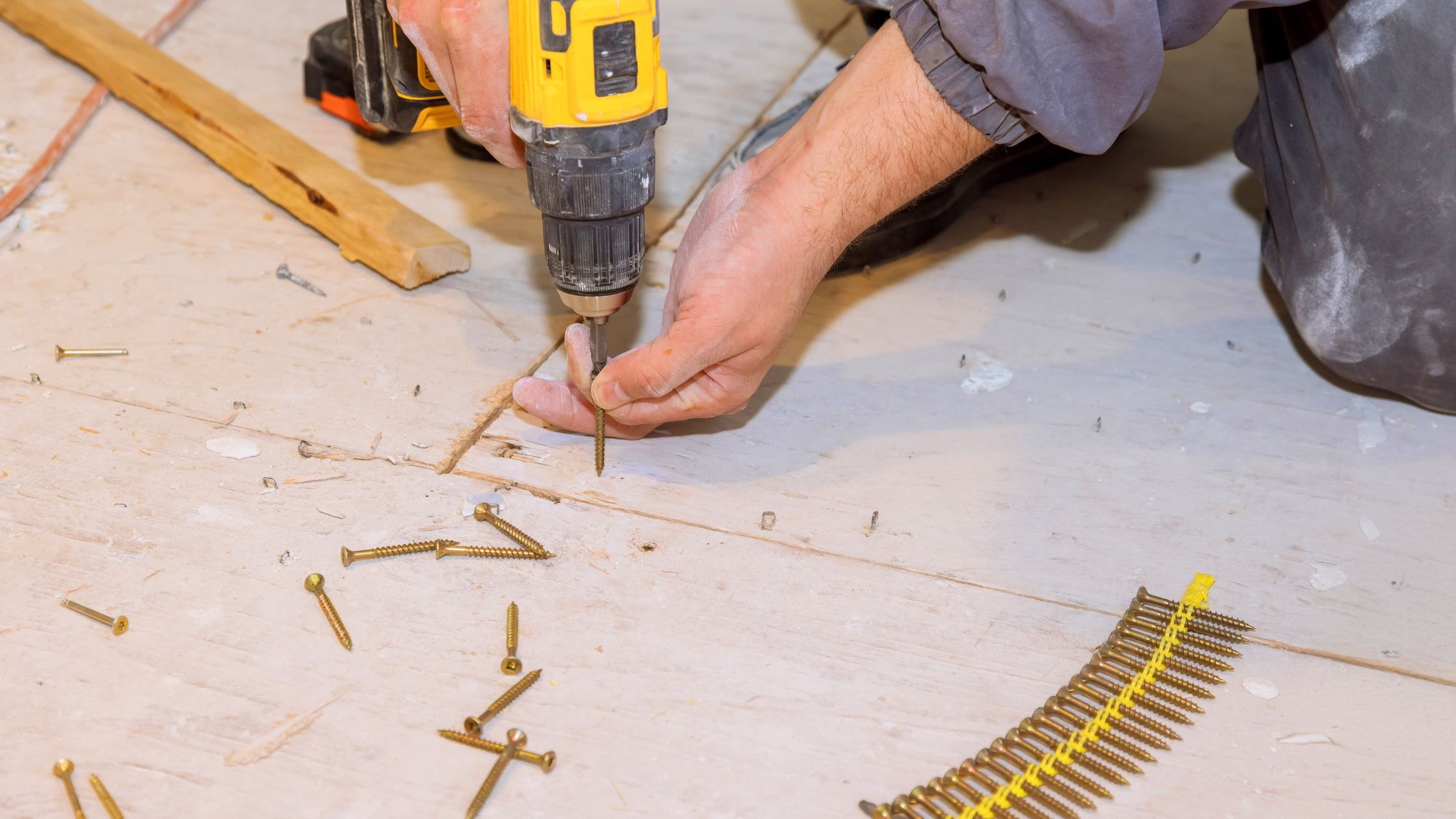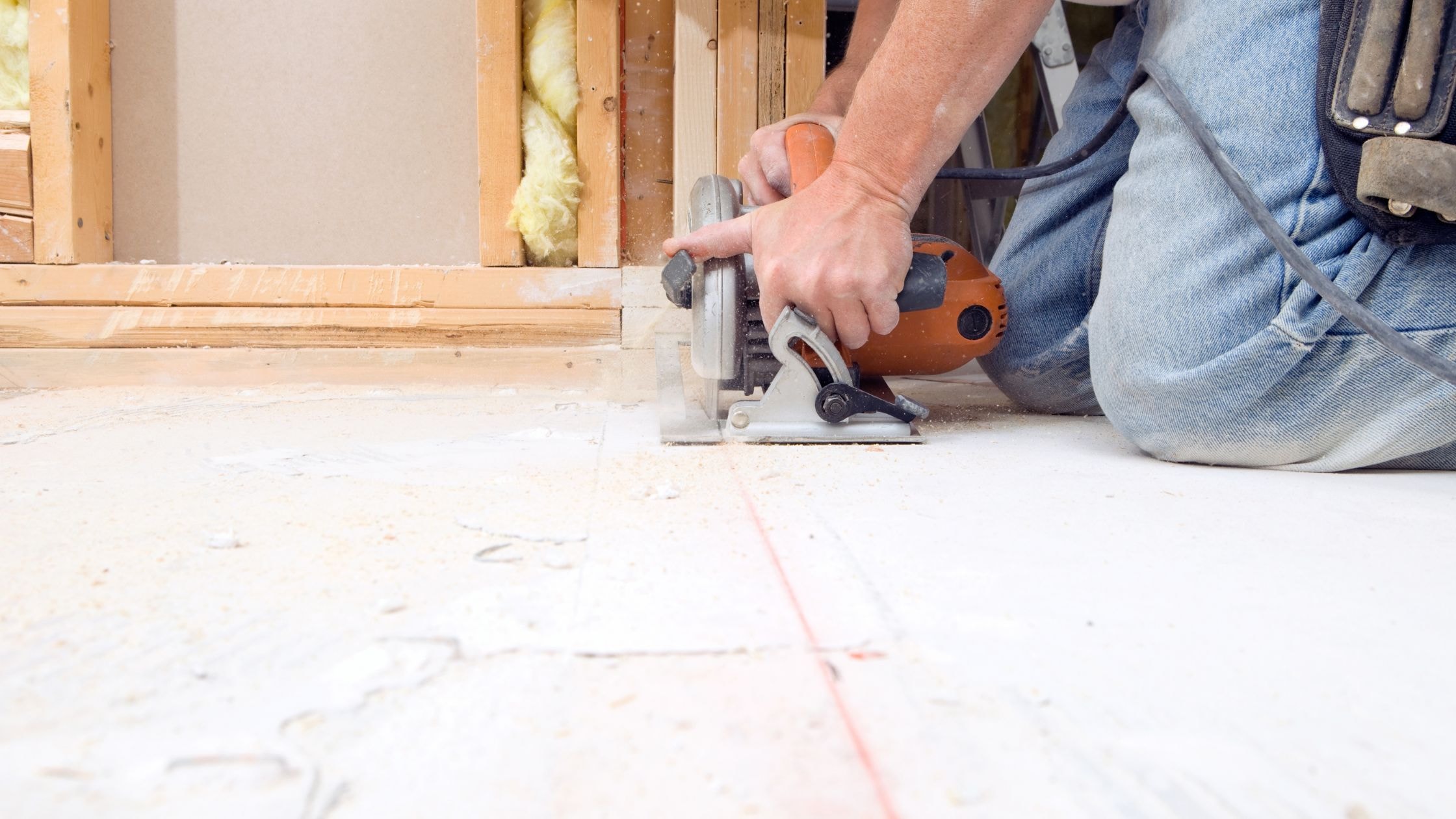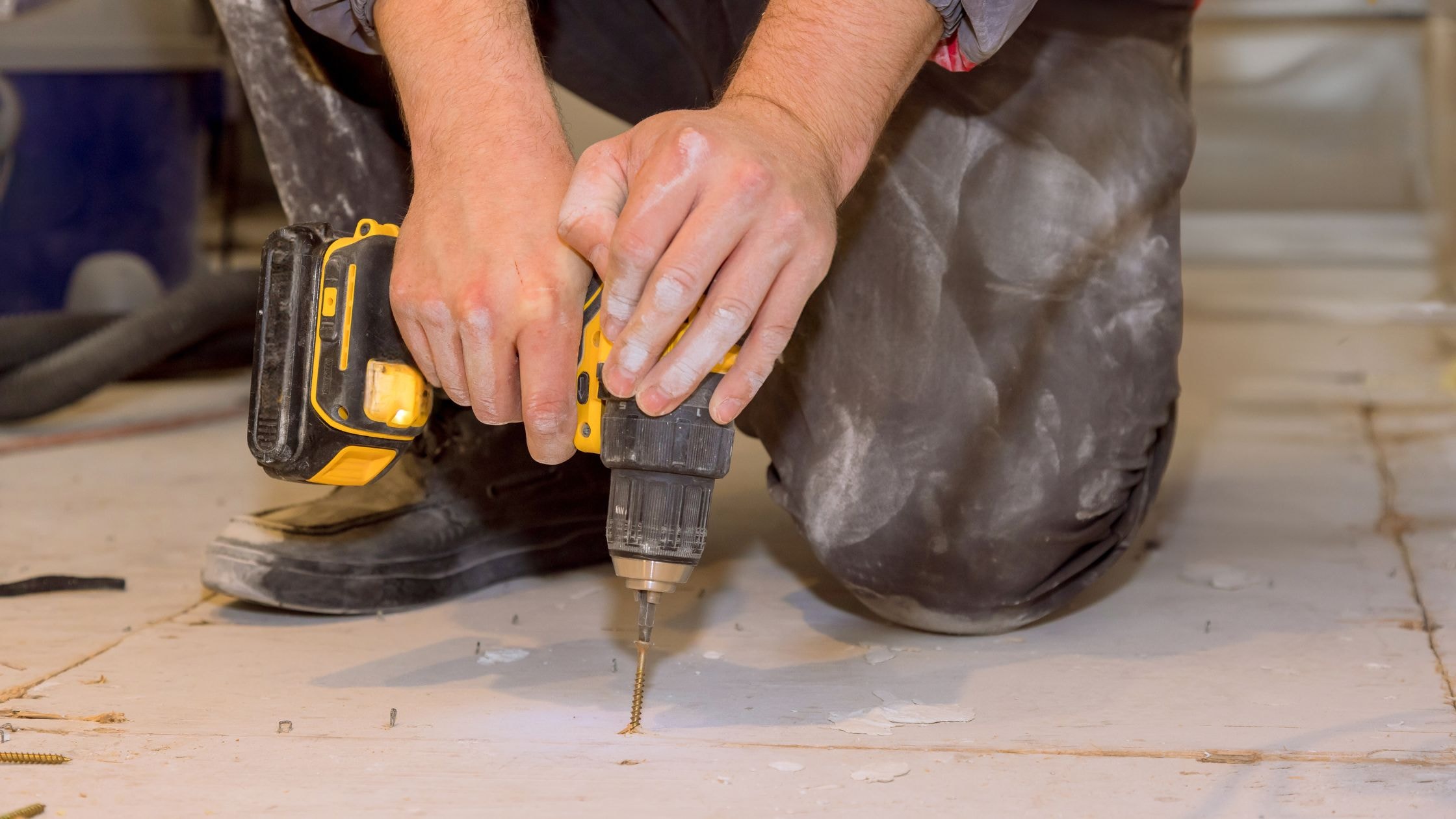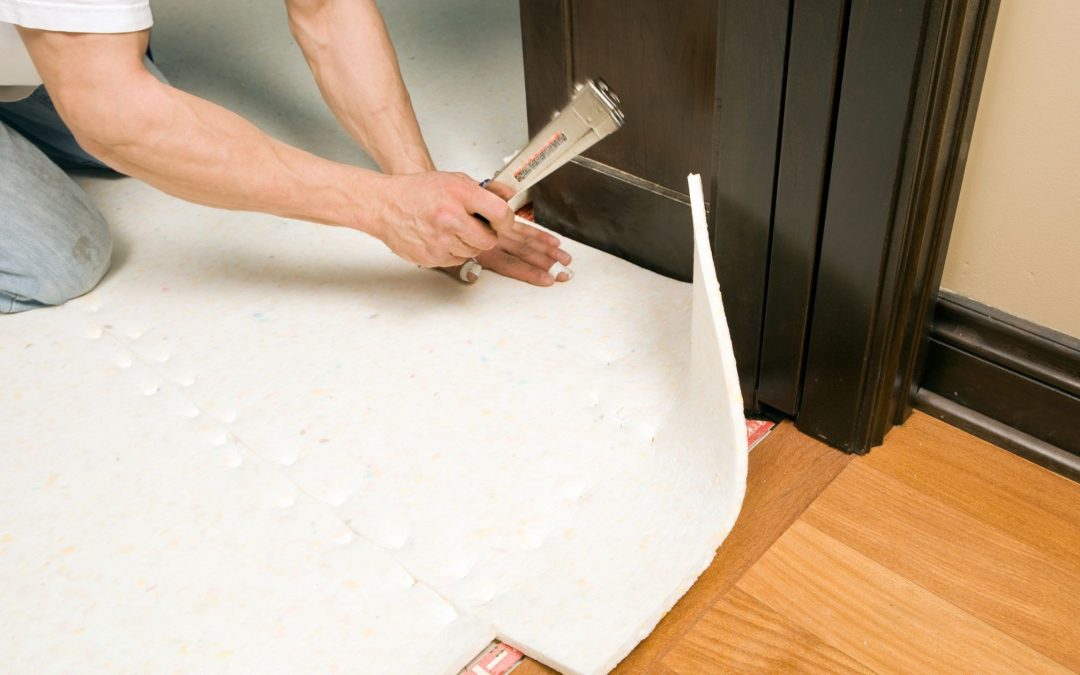Installing new carpet is an exciting transformation for any house, adding warmth, comfort, and a touch of style. However, before you lay that first piece of carpet, there’s one critical aspect you can’t overlook—subfloor preparation. Whether you’re dealing with concrete, hardwood floor, or a wood subfloor, the condition of the surface underneath your carpet can make or break the entire project.
This guide will walk you through why subfloor preparation is vital, common issues that arise, and how professionals ensure a flawless and long-lasting carpet installation.
Why Subfloor Preparation is Crucial for Carpet Installation
A subfloor is the foundation beneath your carpet that provides structural support and stability. Regardless of whether you’re installing carpet in a basement, on the second floor, or over a concrete slab, preparing the subfloor ensures your carpet lays perfectly flat, feels smooth underfoot, and lasts for years to come.
When a subfloor isn’t properly prepared, you risk:
Uneven surfaces that cause lumps and bumps in your carpet
Moisture issues that lead to mold or mildew
Reduced durability and lifespan of the carpet
Did you know? Skipping subfloor preparation can void your carpet warranty. Manufacturers often require proof of proper preparation to cover defects.
What Goes Into Preparing a Carpet Subfloor?

Professional installers understand that each subfloor type—whether it’s concrete, hardwood, or plywood—requires specific preparation to ensure a flawless carpet installation. Here’s how they approach it:
Concrete Subfloors
For concrete slabs, professionals start by thoroughly cleaning the surface, ensuring it’s free of debris, adhesive residue, and dust. They inspect for cracks or uneven areas, sealing any cracks and using a high-quality patching compound to create a level surface. They also test for moisture levels in the concrete, as excess moisture can compromise the adhesive and lead to long-term issues like odors or carpet delamination.
Hardwood Floors
When working with hardwood floors, professionals carefully inspect the surface for stability and cleanliness. They secure any loose nails or screws and sand down high spots to prevent unevenness. Gaps between boards are filled to create a smooth, supportive base, ensuring the carpet lays perfectly flat.
Plywood or Wood Subfloors
For plywood or hardwood subfloors, professionals focus on structural integrity and smoothness. They address squeaky areas by tightening loose boards with screws and ensure the surface is free of splinters, sharp edges, or protrusions that could damage the carpet or padding. Every detail is addressed to provide a sturdy, safe foundation for the carpet.
By tailoring their process to each sub floor type, professional installers guarantee a secure and long-lasting carpet installation.
Addressing Common Subfloor Issues

Many houses face hidden sub floor challenges. Here’s how professionals tackle some of the most common issues:
Moisture Problems
Excess moisture is a common issue, particularly in basements or areas with concrete subfloors. When humidity levels are high, this moisture can seep into your carpet, leading to serious issues like mold, mildew, and unpleasant odors. Over time, this can compromise the integrity of both your carpet and subfloor, creating an unhealthy indoor environment.
To prevent this, it’s essential to install a moisture barrier or vapor retarder. These materials act as a protective layer, preventing moisture from penetrating the carpet and sub floor. Additionally, ensure proper ventilation in the area and consider using a dehumidifier in spaces prone to high humidity.
Cracks or Damage
Even small cracks or damages in your sub floor can lead to long-term problems. For concrete subfloors, cracks can allow water to seep through, weakening the structure over time. For wooden subfloors, minor damage can worsen under the weight of furniture or foot traffic, leading to squeaking, instability, or even further deterioration. Address these issues before laying carpet by filling cracks with patching compounds for concrete or wood filler for wooden sub floors.
For larger cracks, consult a professional to ensure structural integrity. Taking these extra steps will provide a solid foundation for your carpet and prevent future complications.
Uneven Surfaces
Uneven subfloors, whether due to high spots or dips, can create noticeable imperfections in your carpet. These inconsistencies can lead to uneven wear and tear, shortening the lifespan of your flooring. High spots may cause the carpet to lift or wrinkle, while low spots can create depressions that aren’t just unsightly but also a tripping hazard.
To address high points, sand them down carefully using the appropriate tools. For low areas, apply a self-leveling cement to even out the surface. Taking the time to ensure a completely level subfloor will result in a smoother, more professional-looking carpet installation and a longer-lasting finish.
For a deeper understanding of preparation steps, refer to our comprehensive Carpet Installation Guide.
Professional Techniques that Ensure Success

Experts follow a meticulous process to ensure the carpet installed looks and performs its best from day one. Here’s what they do:
Thorough Cleaning
Professionals begin by meticulously cleaning the subfloor, removing debris, dirt, dust, and any adhesive remnants from previous flooring to ensure a clean, smooth bonding surface. This step is crucial for preventing bumps or irregularities in the carpet and ensuring that the adhesive or tack strips adhere properly.
Surface Repairs
Any visible damage to the subfloor, such as cracks, splinters, or holes, is carefully repaired. Cracks are filled with appropriate materials, while splinters are sanded down to create a smooth surface. Addressing these issues beforehand ensures the carpet lays evenly and prevents structural problems that could lead to wear, tear, or uneven surfaces over time.
Testing for Levelness and Moisture
Specialized equipment is used to check the subfloor for uneven surfaces, which could result in visible lumps or dips after the carpet is installed. Experts also test for excess moisture in the subfloor, as trapped moisture can lead to mold, mildew, or damage to the carpet backing. If issues are detected, they are addressed by leveling the floor or applying a moisture barrier to ensure long-term durability.
Laying Padding
A layer of high-quality padding is added to improve the carpet’s softness, enhance comfort underfoot, and provide additional insulation. This padding also helps to absorb impact, protecting the carpet fibers and prolonging its lifespan. Additionally, the padding smooths out minor imperfections in the subfloor, giving the final carpet installation a polished, professional look.
Did you know? Properly installed carpet padding not only enhances comfort but also extends the life of your carpet by reducing wear on the fibers.
Steps to Install Carpet After Subfloor Preparation

Once the subfloor is ready, it’s time to install the carpet. Here’s how professionals ensure successful installation:
Measuring the Space
Accurate measurements are essential to avoid waste and ensure a perfect fit. Check out our article on Measuring Your Space for Carpet Installation for precision tips.
Stretching and Laying Carpet
The carpet is carefully laid out to cover the prepared surface seamlessly. Using a power stretcher ensures the carpet is tight and wrinkle-free. Stretching is a critical step that prevents issues like bubbling or uneven wear.
For more details, read our guide on Carpet Stretching and Why It Matters.
Seaming and Securing
If the carpet covers a large area, seams are joined using specialized adhesive for an invisible finish. The edges are secured to the subfloor along walls for a polished look.
Quick tip: Always allow your carpet to acclimate to the room temperature before installation. This helps prevent shrinking or stretching after it’s laid.
The Long-Term Benefits of Proper Subfloor Preparation

Taking the time to prepare your subfloor pays off in several ways:
It ensures your carpet has an even and secure foundation.
It prevents long-term issues like bubbling, mold, or excessive wear.
It maximizes the comfort, appearance, and lifespan of your carpet.
And because every flooring job varies, having aprofessional team handle prep work ensures no detail is overlooked.
Transform Your Floors With Careful Preparation
Proper subfloor preparation isn’t just an optional step—it’s a critical part of a successful carpet installation that can’t be overlooked. Whether you’re replacing worn-out carpet in your basement, upgrading the surfaces on your top floor, or laying down fresh carpet over hardwood, taking the time to invest in quality preparation ensures a smooth, durable, and flawless finish that will last for years.

